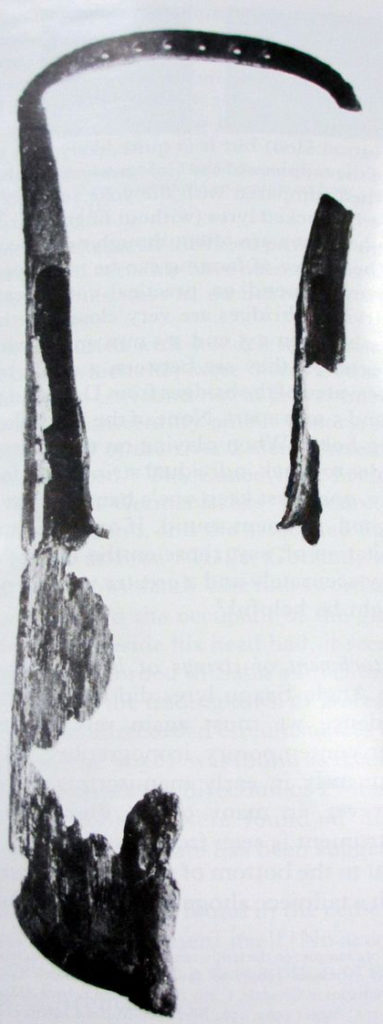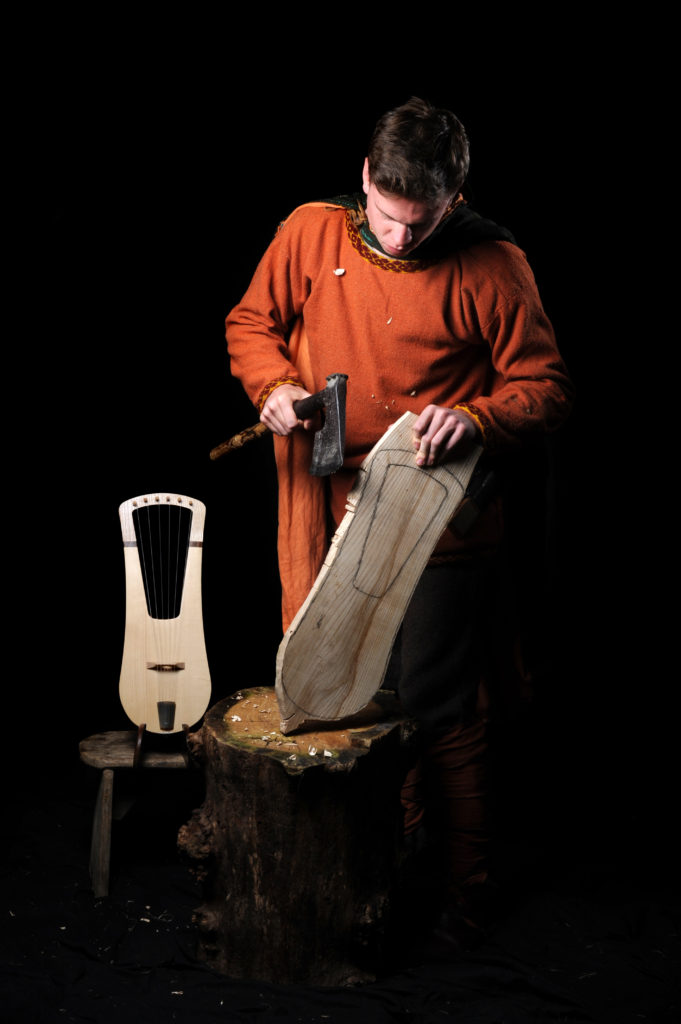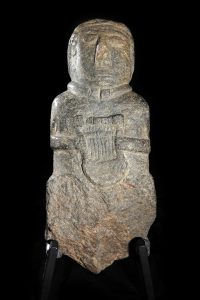
Lyre Gauloise
Notre travail de restitution de la lyre gauloise s’organise autour de plusieurs points.
La stèle gauloise de Paule
Retrouvée dans les Côtes d’Armor et datée du 1er siècle av-Jc, cette sculpture en ronde-bosse figure un personnage appartenant vraisemblablement tout à la fois à la classe aristocratique et sacerdotale et portant le torque, une coiffe ainsi qu’un instrument. Cette sculpture réalisée dans la Méthahorblendythe étant la plus précise et la plus remarquable représentation de la lyre gauloise jamais mise au jour.
S’en suivra une étude approfondie dirigée par le Dr Tinaïg de Clodoré Tissot ainsi qu’une première reconstitution qui ouvrira la voie.
En 2015, les archéo-luthiers de l’Atelier Skald fondent le PRIAE (Pôle de Recherche et d’Interprétation en Archéologie Expérimentale) réunissant plusieurs chercheurs internationaux afin de pousser plus loin l’étude de cette statuaire et de la lyre gauloise, notamment grâce aux technologies de pointe telle que la numérisation 3D (voir article archeologia n°523-cliquable). Menée en collaboration avec le Service Régional de l’Archéologie de Rennes (35), cette mission de numérisation 3D et de photogramétrie produira un document sans précédent dont la précision apportera une nouvelle lumière sur ce patrimoine millénaire et sur lequel figure le plus ancien instrument retrouvé sur le territoire de Bretagne. |ci-dessous, un aperçu via l’animation 3D (basse définition et sans la texture) |
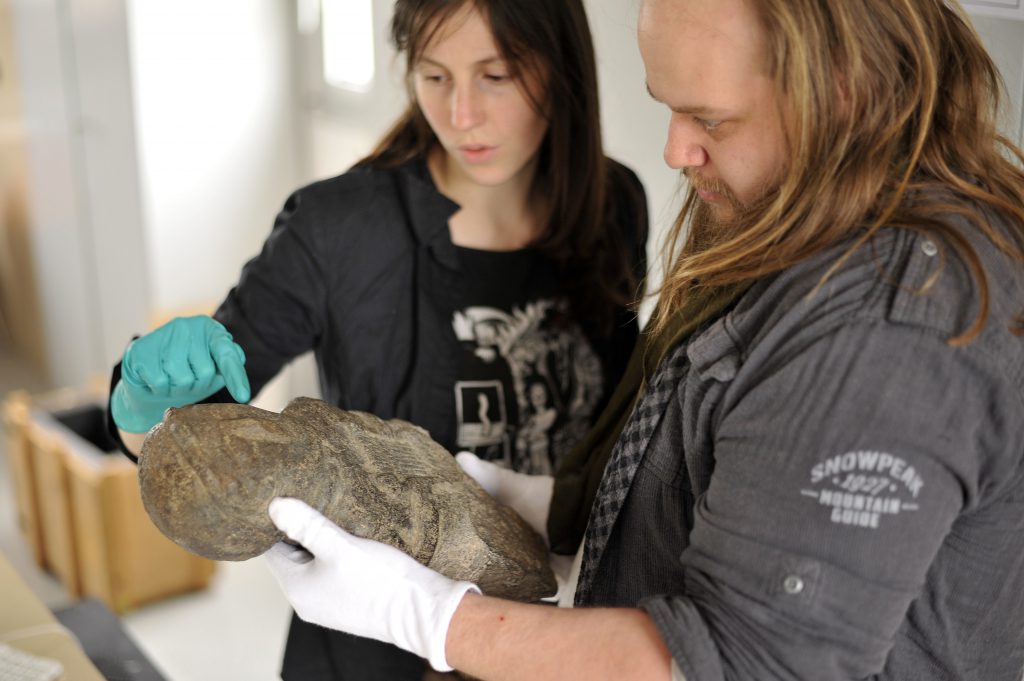
Audrey Lecorgne et Julian Cuvilliez, archéo-luthiers de l’Atelier Skald travaillant sur la stèle
Animation 3D -Essayez moi!
Les représentations
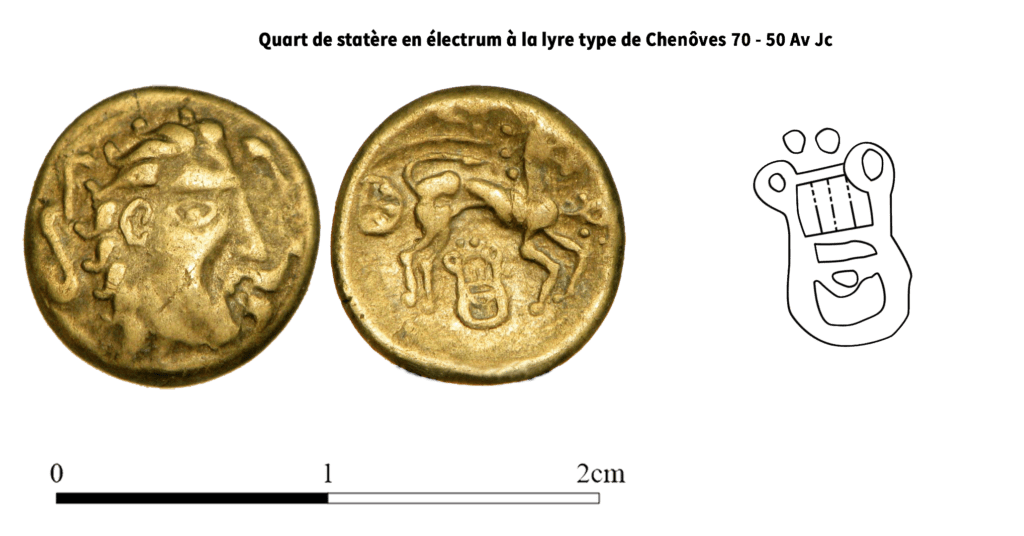
Il existe peu de représentations de l’instrument et bien souvent, c’est dans la symbolique que nous la retrouvons placée sous le regard de l’artiste, généralement dans un style expressionniste laissant peu de piste quant à la réelle nature de l’instrument, ses proportions ou encore, ses caractéristiques. Toutefois, au cours des dernières années, nous avons réuni un important corpus d’informations, notamment sur la numismatique gauloise sur laquelle figure de nombreuses lyres que nous nous sommes attachés à inventorier et à étudier.
Les Citations
Les peuples gaulois utilisant peu l’écriture, il n’est pas étonnant qu’aucune mention de la lyre émise par son propre peuple n’eut encore été découverte. Toutefois, plusieurs mentions confirment sa pratique dans des textes Grecs et Latins.
Notamment :
« Il y a chez eux des poètes lyriques qu’ils appellent « bardes ». Ces derniers, avec des instruments
semblables à des lyres, évoquent ceux qu’ils louangent ainsi que ceux qu’ils raillent. » (Diodore de Sicile,
Bibliothèque historique,
V, 31, 2)
L’Archéologie Expérimentale
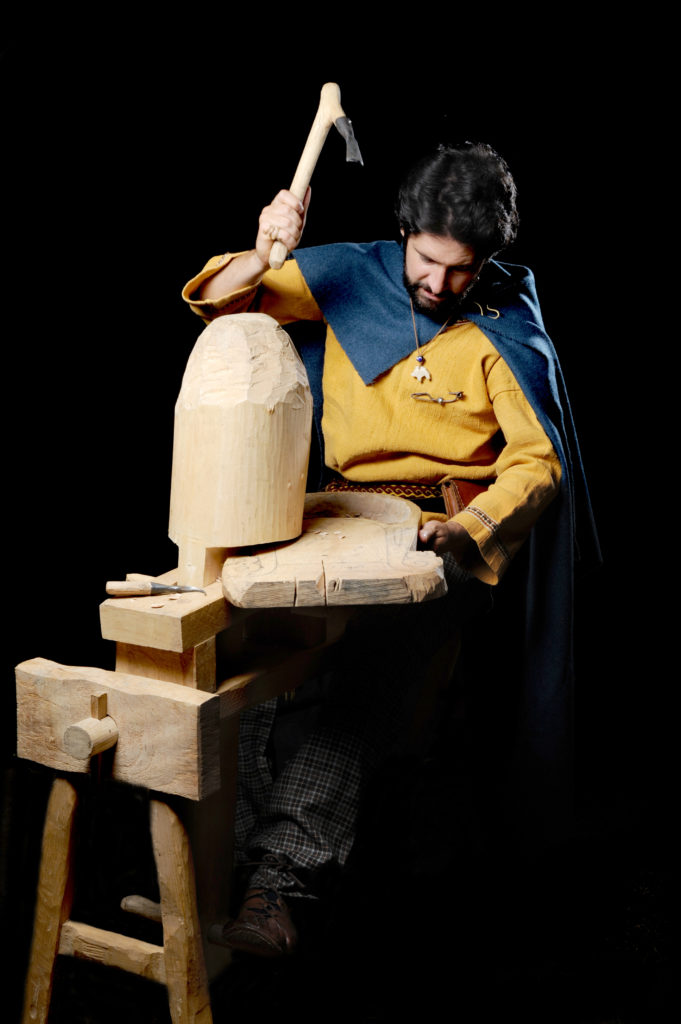 Après avoir identifié les possibles matériaux grâce notamment à la Palynologie. Après avoir reforgé les outils de la pratique artisanale du bois à l’Âge du Fer.
Après avoir identifié les possibles matériaux grâce notamment à la Palynologie. Après avoir reforgé les outils de la pratique artisanale du bois à l’Âge du Fer.
Il s’agit de se mettre en condition afin d’expérimenter. Les différents résultats de ce travail, en fonction de leurs pertinence, orientent nos choix quant aux instrument que nous fabriquons. La pratique continue de ce travail expérimental nous permet de proposer des instrument au plus près de la réalité historique, bénéficiant des tout derniers fruits de la recherche.
Mais quelle est la condition du Barde?
Selon toute vraisemblance, à l’instar de l’aède grec, du skald du Nord ou du grillo d’Afrique, le barde armoricain est profondément lié au principe de conservation de la mémoire de son peuple et de sa transmission.
De nombreux auteurs antiques évoquent sa fonction, avec parfois une partialité plus que discutable et qu’il s’agit d’interpréter mais ces récits n’en restent pas moins des témoignages précieux, plaçant presque toujours les bardes au côté de personnages importants, aristocrates, parfois même des rois.
Bien éloigné donc de l’imagerie romantique que nous ont dépeinte certains auteurs du siècle dernier nous décrivant de bonnes gens allant de ci, de la, mendiant le gîte et le couvert contre quelques divertissements; bien éloigné aussi du satirique et non moins sympathique Assurancetourix, vaillant ambassadeur de la lyre que nous ont offert Gossiny et Uderzzo et grâce à qui tous les enfants, ou presque, (petits et grands) connaissent la lyre : Le barde semble être de haute lignée et les fastes de la société mondaine de l’antiquité celtique semblent être son quotidien. Sa charge est étroitement liée à la conservation de la mémoire populaire, traditionnelle et spirituelle qu’il conserve et propage par la musique et l’oralité. Nous ignorons encore beaucoup de chosee de le statut du Barde, nous basant principalement sur nos cousins insulaires d’Irlande et d’Angleterre chez qui les données semblent se trouver en plus grand nombre, mais l’archéologie nous éclaire chaque jour un peu plus sur ce peuple fascinant.
La Lyre Gauloise aujourd’hui?
En 2015, un 1er cycle de recherche se voit salué par la région Bretagne qui dès lors octroie la reconnaissance officielle de l’instrument (voir article DASTUM) en commandant à l’Atelier Skald plusieurs exemplaires et en missionnant Julian Cuvilliez afin de concevoir une pédagogie dans l’optique d’ouvrir la première classe expérimentale en école de musique.
En 2017, après deux années d’enseignement et face à une importante demande, l’Atelier Skald fonde la Lyre Academy qui dispense aujourd’hui des cours hebdomadaires dans plusieurs antennes en Bretagne.
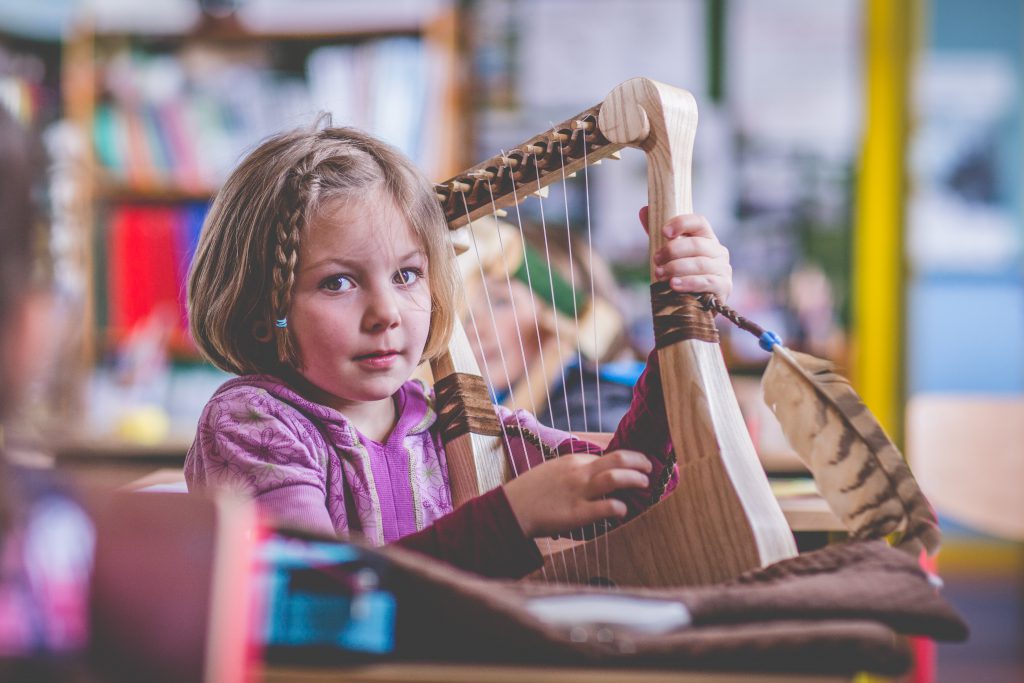
En 2017, Julian lance le groupe Ar Bard qui signera le retour de la lyre gauloise sur la scène actuelle (voir FR3, le parisien-cliquable) un premier album intitulé « AREMORICA, des Hommes des Rois et des Dieux » lancé sur FR3 est chaleureusement accueilli par le public et s’en suivra une tournée internationale de concerts.
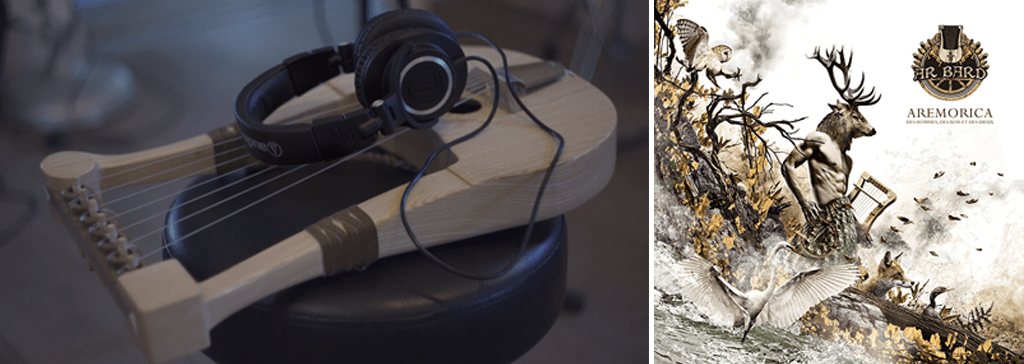
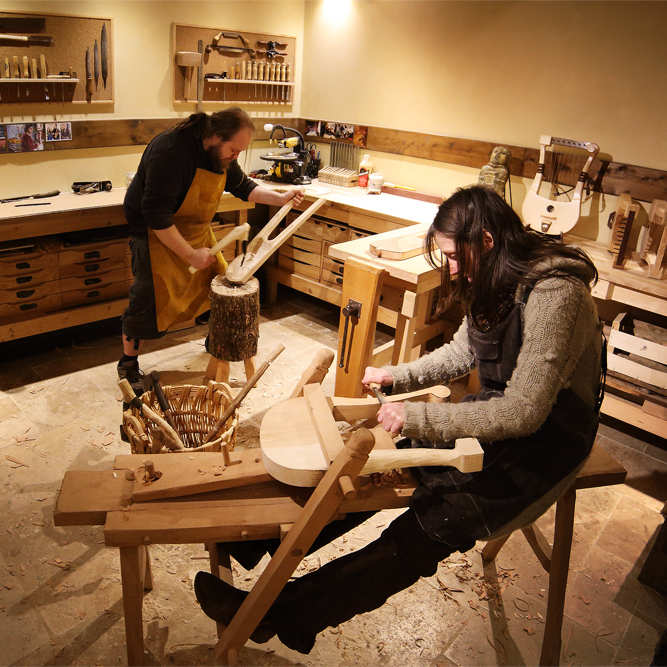
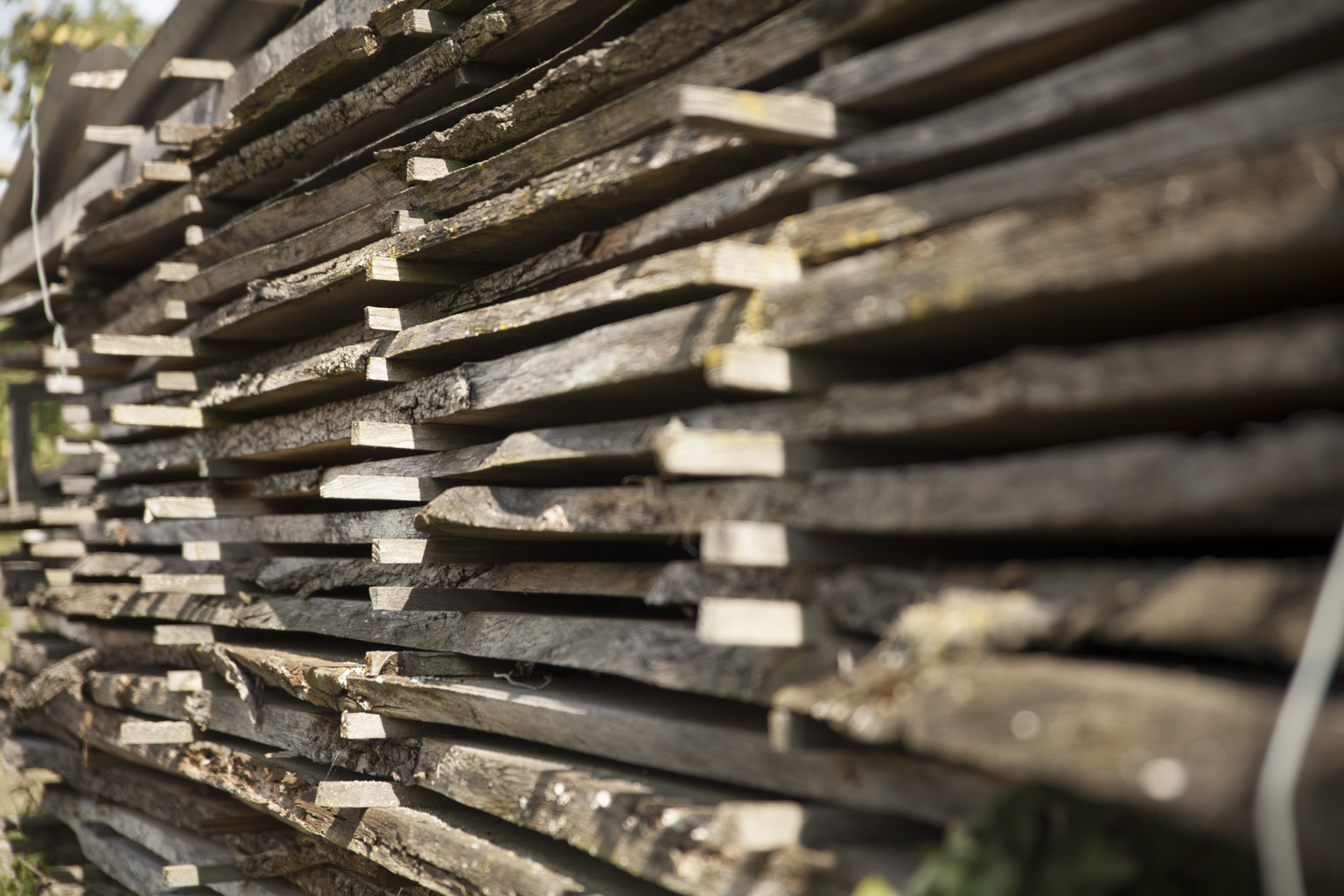
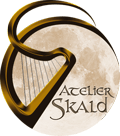
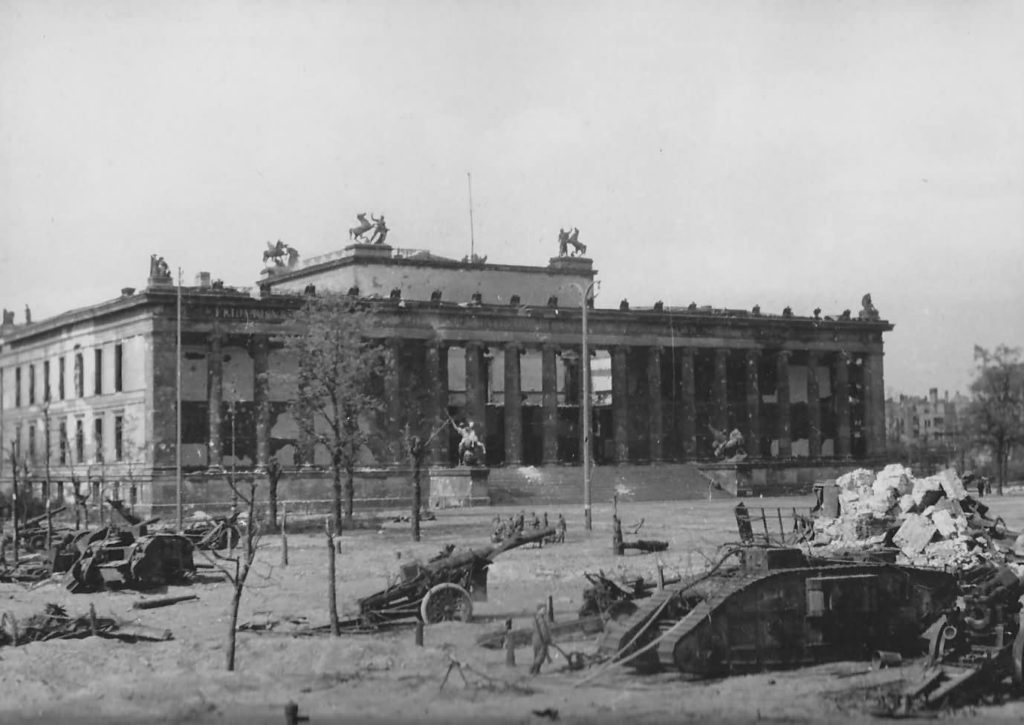 Fouillée pour la première fois en 1846, puis à plusieurs reprises jusqu’à l’exploitation complète du site en 1934, la nécropole d’Oberflacht, avec ses quelques 300 sépultures, a révélé ainsi toute une série de constructions et d’objets en bois dont le nombre et la variété n’ont pas encore été égalés. Parmi ces découvertes, deux lyres provenant des tombes les plus riches de la nécropole, instruments dont il ne reste aujourd’hui aucune trace suite à l’assaut d’un tank Russe qui durant la seconde guerre mondiale, détruisit l’aile du musée de Berlin qui conservait les précieux artéfacts.
Fouillée pour la première fois en 1846, puis à plusieurs reprises jusqu’à l’exploitation complète du site en 1934, la nécropole d’Oberflacht, avec ses quelques 300 sépultures, a révélé ainsi toute une série de constructions et d’objets en bois dont le nombre et la variété n’ont pas encore été égalés. Parmi ces découvertes, deux lyres provenant des tombes les plus riches de la nécropole, instruments dont il ne reste aujourd’hui aucune trace suite à l’assaut d’un tank Russe qui durant la seconde guerre mondiale, détruisit l’aile du musée de Berlin qui conservait les précieux artéfacts.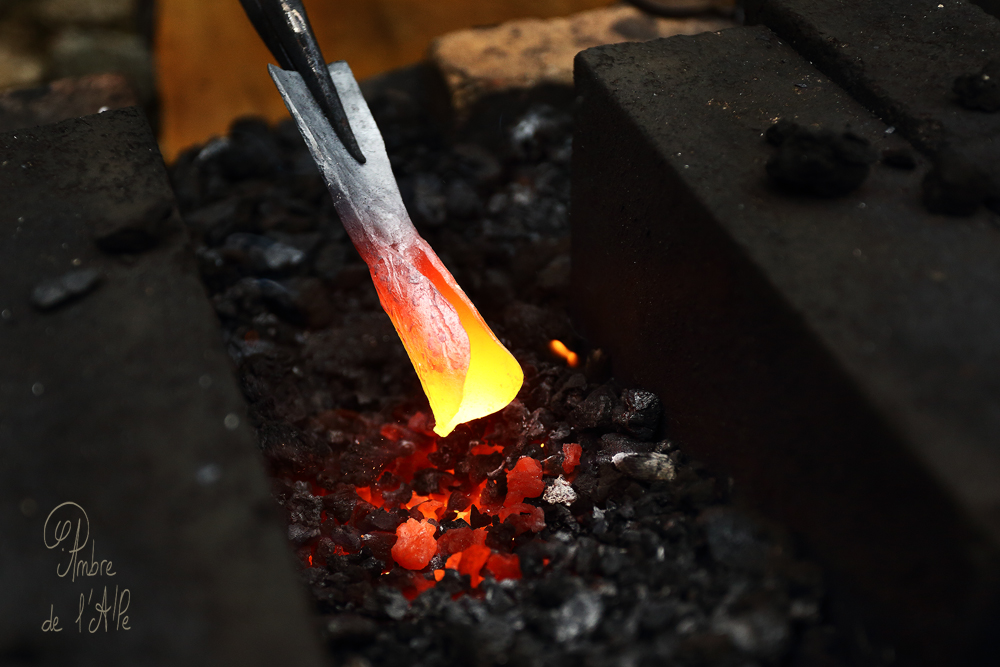 Par la suite, nous avons reforgé une trousse d’outils basée sur des pièces (Gouges, Ciseaux, Wastringue, couteau, etc…) provenant de différents site archéologique contemporains à la Lyre découverte à Oberflacht.
Par la suite, nous avons reforgé une trousse d’outils basée sur des pièces (Gouges, Ciseaux, Wastringue, couteau, etc…) provenant de différents site archéologique contemporains à la Lyre découverte à Oberflacht.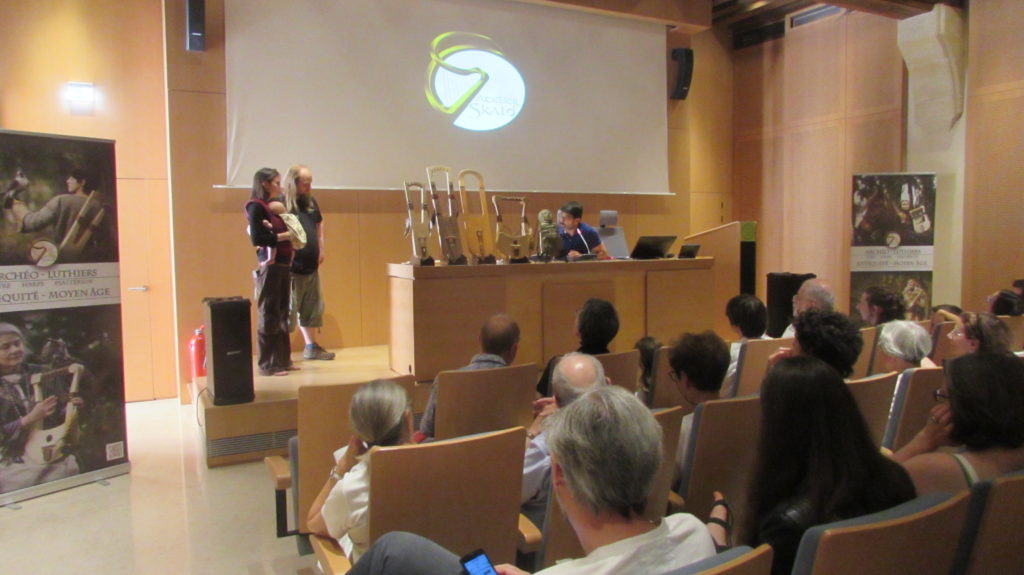



 Après avoir identifié les possibles matériaux grâce notamment à la Palynologie. Après avoir reforgé les outils de la pratique artisanale du bois à l’Âge du Fer.
Après avoir identifié les possibles matériaux grâce notamment à la Palynologie. Après avoir reforgé les outils de la pratique artisanale du bois à l’Âge du Fer.

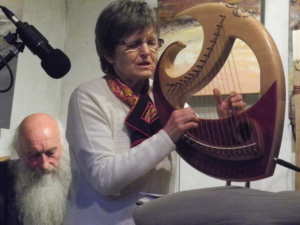 L’année 2014 commence fort pour les deux luthiers qui viennent de signer la sortie d’un tout nouvel instrument proposant la rencontre de la Harpe et de la Lyre. Cette création inédite n’est pas passée inaperçu dans la presse nationale (Keltia Magazine, Ouest France national en quatrième de couverture). Réalisée en amarante, disposant d’un système électro-acoustique spécialement mis au point, cet instrument hors norme fut serti d’argent et de pierreries par l’atelier Grain de Dryade. Une présentation fut faite lors d’une soirée évènement précédée par une cérémonie onirique dirigée par le conteur Ozégan et qui consista à baptiser l’instrument. S’en suivit un concert/spectacle unique devant un public chaleureux et au son de la Harpe/Lyre jouée par sa Marraine Anne Auffret accompagnant le Parrain Patrik Ewen, et ses fameux Récits Barbares.
L’année 2014 commence fort pour les deux luthiers qui viennent de signer la sortie d’un tout nouvel instrument proposant la rencontre de la Harpe et de la Lyre. Cette création inédite n’est pas passée inaperçu dans la presse nationale (Keltia Magazine, Ouest France national en quatrième de couverture). Réalisée en amarante, disposant d’un système électro-acoustique spécialement mis au point, cet instrument hors norme fut serti d’argent et de pierreries par l’atelier Grain de Dryade. Une présentation fut faite lors d’une soirée évènement précédée par une cérémonie onirique dirigée par le conteur Ozégan et qui consista à baptiser l’instrument. S’en suivit un concert/spectacle unique devant un public chaleureux et au son de la Harpe/Lyre jouée par sa Marraine Anne Auffret accompagnant le Parrain Patrik Ewen, et ses fameux Récits Barbares.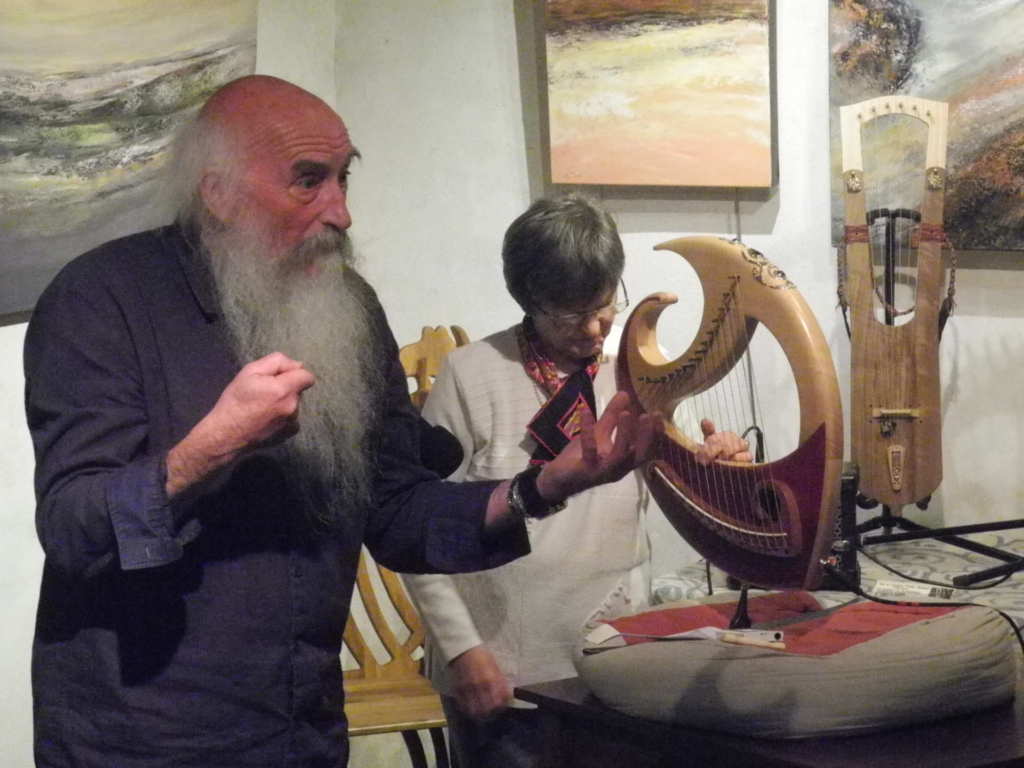
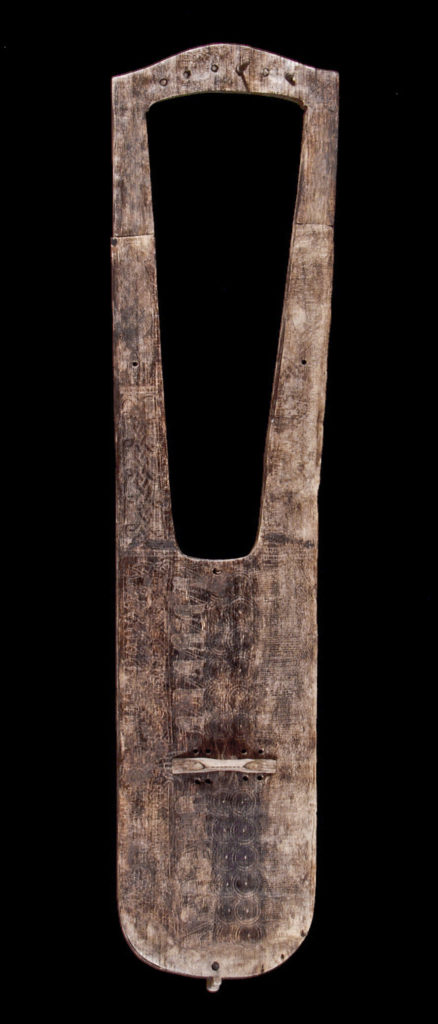
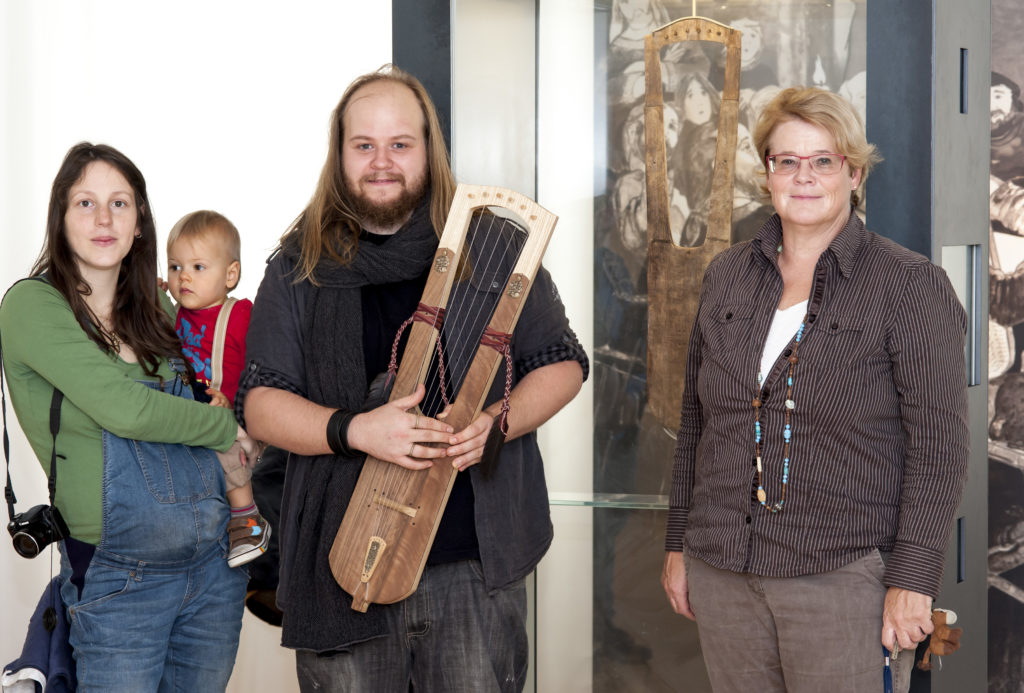
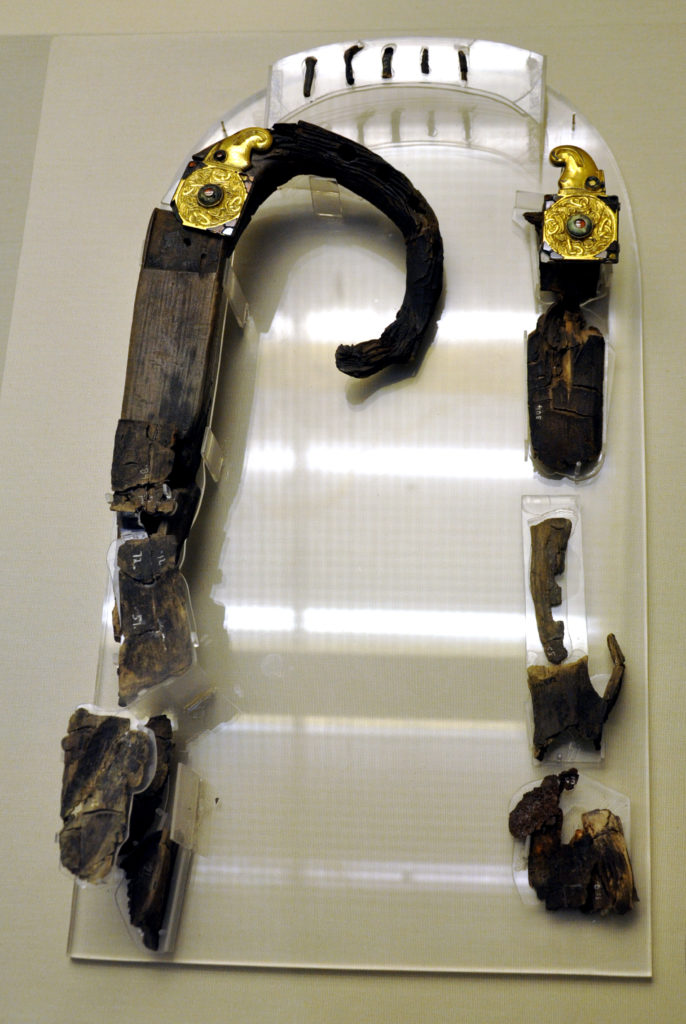 Tout commence en mai 1938, lorsque l’archéologue Basile Brown répond à l’appel de Edith May Pretty, qui affirme que se trouvent sur ses terres de nombreuses sépultures dont la présence lui auraient été révélée par de mystérieux rêves…
Tout commence en mai 1938, lorsque l’archéologue Basile Brown répond à l’appel de Edith May Pretty, qui affirme que se trouvent sur ses terres de nombreuses sépultures dont la présence lui auraient été révélée par de mystérieux rêves…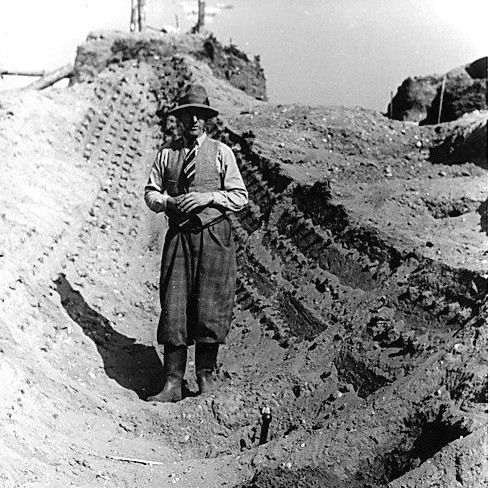
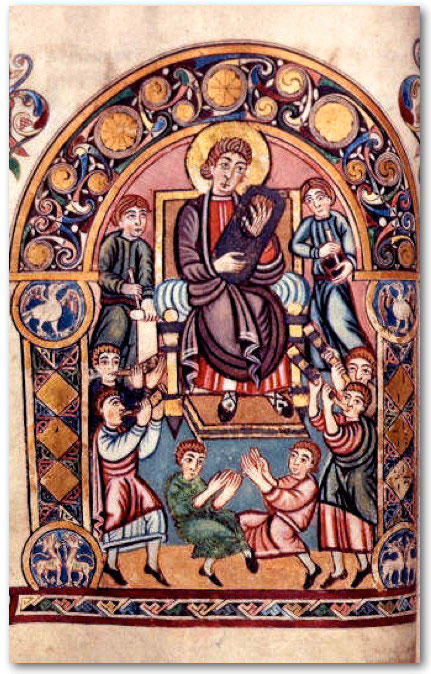
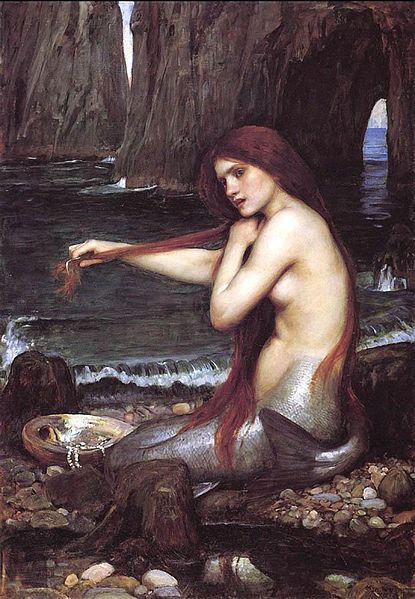
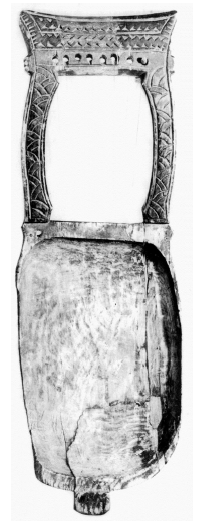 Lyre de Kravik
Lyre de Kravik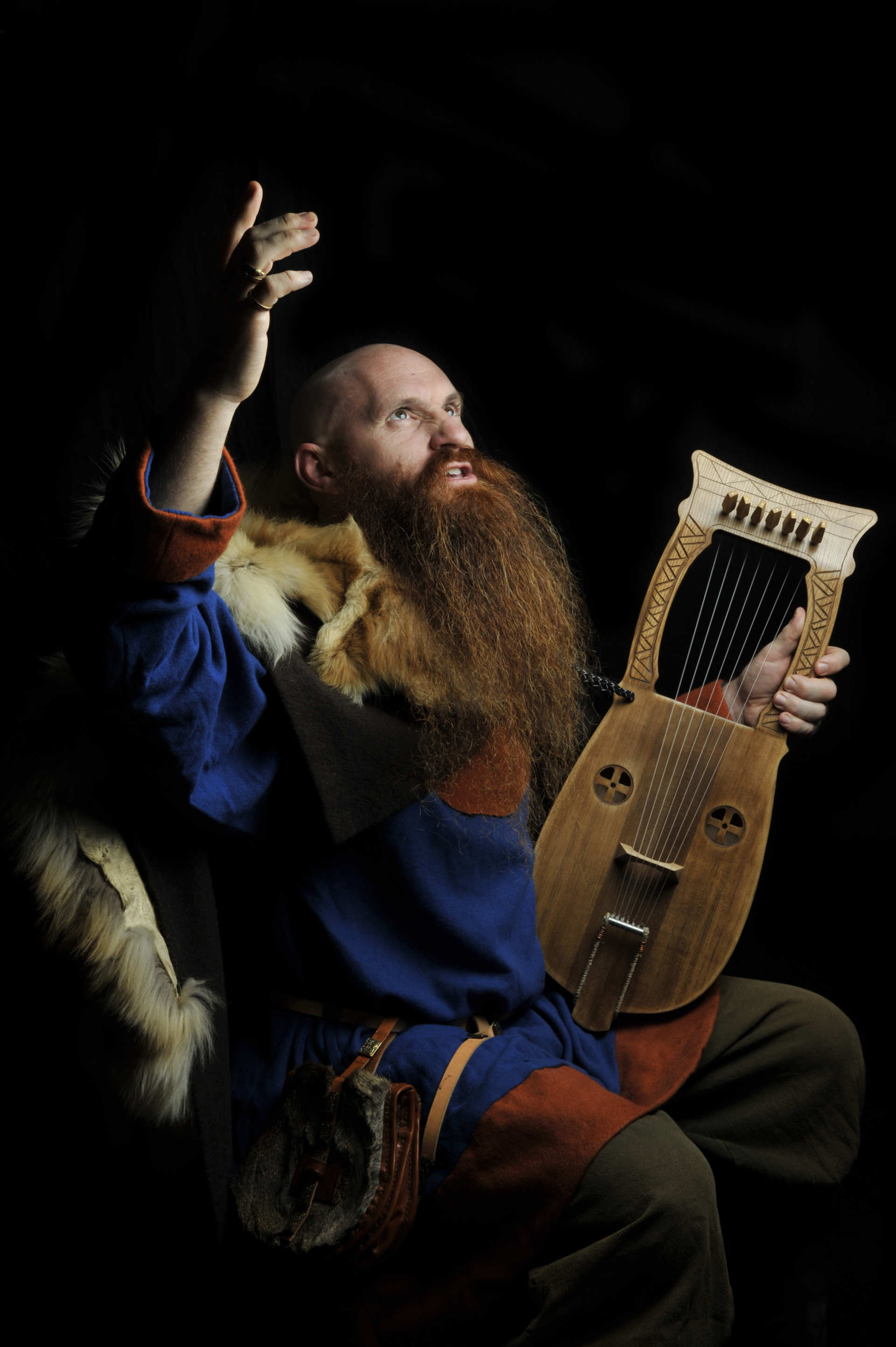
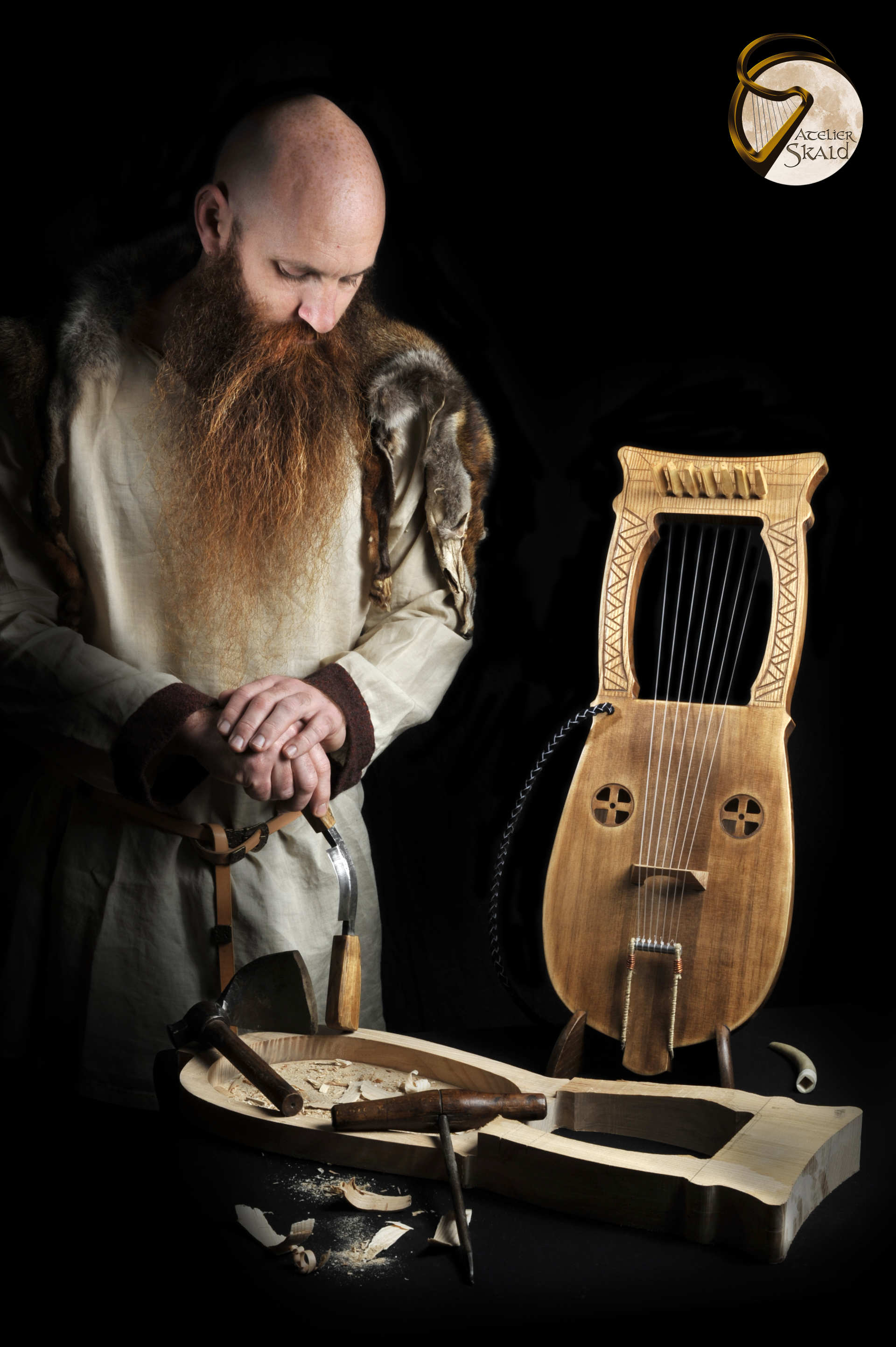
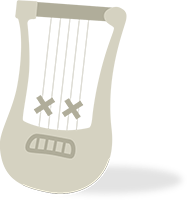
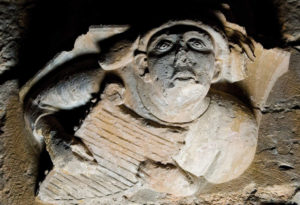 Psaltérion en écu de Puivert
Psaltérion en écu de Puivert